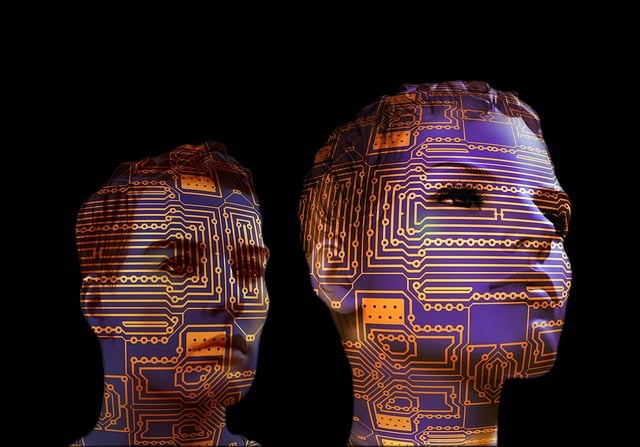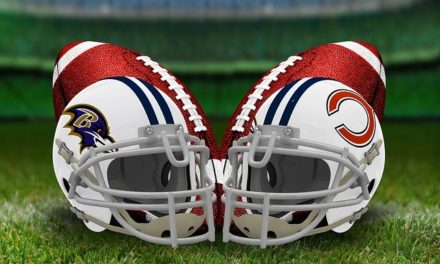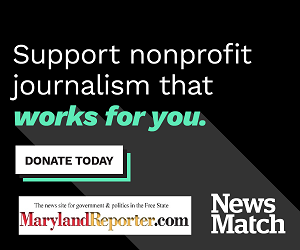Artificial intelligence is rapidly transforming the creative landscape, particularly in the visual arts. Since 2022, AI-powered image generation tools have exploded in popularity, flooding social media platforms and sparking intense debate within the art community. These tools, often trained on vast datasets of existing images scraped from the internet, allow users to create intricate, photorealistic, or abstract images simply by typing text prompts. This technological leap has fueled a burgeoning market, with the global AI image market projected to surpass $0.9 billion by 2030, a significant jump from $0.26 billion in 2022. This rapid expansion begs the question: who stands to gain from this boom, who is being left behind, and what does the future hold for the intersection of art and artificial intelligence?
The Beneficiaries: Tech, New Creators, and Expanding Markets
The most obvious beneficiaries of the AI art boom are the tech companies developing and deploying these powerful generative AI models. Platforms offering AI image generation tools, some operating on subscription models or selling credits, stand to gain significantly as adoption increases. These tools democratize art creation, allowing individuals without traditional artistic training to generate visuals, sometimes leading to commercial success through platforms like Etsy or Redbubble. Some artists are even finding novel ways to profit by selling the sophisticated text prompts used to generate specific styles or images.
Beyond individual creators, businesses are adopting AI-generated art to streamline workflows, particularly in marketing and advertising, saving time and potentially costs associated with hiring human designers for specific tasks. Some artists themselves are embracing AI as a collaborator, using it to brainstorm ideas, explore new styles, expedite parts of the creative process, or enhance their existing work. Nearly half of the artists surveyed found text-to-image technology useful in their process. Furthermore, AI is creating new avenues in the art market, such as AI-generated art sold as NFTs (Non-Fungible Tokens), attracting younger collectors and enthusiasts more readily than traditional buyers. High-profile sales, like the $432,500 auction of an AI-generated portrait at Christie’s in 2018, have brought mainstream attention, although the market remains somewhat inconsistent. AI is also being explored for its potential in art authentication and market analysis, interpreting vast datasets to identify trends and potentially assess value.
The Casualties and Concerns: Artists, Copyright, and Ethics
Despite the opportunities, the AI art boom casts a long shadow, primarily over working artists. Many fear significant negative impacts on their income, with estimates suggesting over half of artists feel AI will harm their ability to make a living. Illustrators report declining commissions as clients turn to cheaper, faster AI alternatives, while concept artists face layoffs or pressure to incorporate AI into their workflows. This displacement raises existential concerns within the creative community. A major point of contention is copyright. AI models are typically trained on enormous datasets, often including copyrighted images scraped from the internet without permission from the original creators. This practice has led to lawsuits and widespread anger among artists who feel their work is being used unfairly to train systems that could ultimately replace them or devalue their unique styles.
Current U.S. copyright law complicates matters further, as it only protects original works created by humans. Works generated solely by AI, even with detailed text prompts, generally cannot be copyrighted, though works incorporating AI elements alongside substantial human creativity might qualify on a case-by-case basis. This legal ambiguity leaves many artists feeling unprotected, with nearly 90% fearing that copyright laws are outdated for the AI era. Ethical concerns also abound. AI systems can perpetuate and amplify biases present in their training data, leading to skewed or stereotypical representations of race, gender, and other groups. The potential for AI to generate convincing deepfakes or misinformation is another significant worry. Moreover, critics argue that AI art, derived from existing data, lacks the genuine emotion, intent, originality, and lived experience that define human creativity. While some argue AI can’t replicate human creativity, the uncanny resemblance and speed of AI generation challenge traditional notions of artistry.
The Road Ahead: Integration, Regulation, and Redefinition
The future of AI in art appears poised for deeper integration rather than outright replacement of human artists. Many envision AI evolving into a powerful collaborative partner or creative assistant, enhancing ideation, speeding up production, and enabling artists to explore novel forms of expression. Future AI tools are expected to offer greater realism, integrate multiple media (like text, animation, and sound), and become more interactive, perhaps even suggesting modifications in real-time during the creative process. Personalized AI models, trained on an artist’s specific style or dataset, could offer more tailored creative possibilities.
However, navigating this future requires addressing the significant ethical and legal challenges. Calls for regulation are growing, demanding transparency about AI use, compensation for artists whose work is used in training data, and clearer copyright guidelines. Establishing ethical frameworks and potentially new legal structures to manage ownership, bias, and intellectual property in the age of AI is crucial. The ongoing dialogue involves artists, tech companies, policymakers, and the public, debating how to balance technological advancement with the protection of human creativity and livelihoods. While some predict AI will become ubiquitous in creative fields, potentially displacing certain roles, others believe human artists will remain central, leveraging AI as just another tool in their arsenal, albeit a uniquely powerful one. Ultimately, the AI art boom is forcing a reevaluation of creativity itself, challenging us to define what art means in an era where machines can generate aesthetically compelling images, and pushing us to consider the future landscape of human expression.







Recent Comments